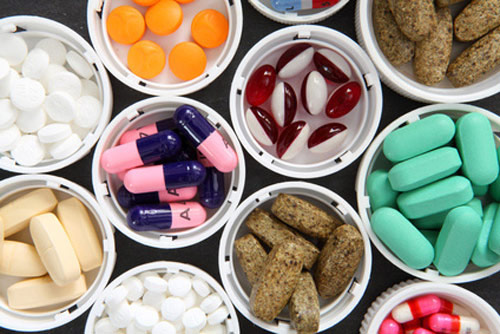The cost of developing and winning marketing approvals for a new drug has more than doubled in the past decade, ballooning to $2.558 billion last year, according to a study released today by the Tufts Center for the Study of Drug Development (CSDD).
That cost has skyrocketed 145% since 2003, when a Tufts study pegged the cost at $802 million—which is equal to $1.044 billion in 2013 dollars.
But the report noted two encouraging trends that have had what Tufts CSDD called a modest, moderating effect on costs companies—companies are cutting their development timeframes, while regulatory agencies are making decisions on new drugs faster. As a result, the time cost share of total cost declined from about 50% in previous studies to 45% for the newest study.
“Changes in the overall time profile for development and regulatory approval phases had a modest moderating effect on the increase in R&D costs,” Joseph A. DiMasi, director of economic analysis at Tufts CSDD and principal investigator for the study, said in a statement.
DiMasi added that several other factors have more than made up the cost difference, resulting in continued rising drug development costs.
These factors, he said, include clinical trial complexity, larger clinical trial sizes, higher cost of inputs from the medical sector used for development, greater focus on targeting chronic and degenerative diseases, changes in protocol design to include efforts to gather health technology assessment information, and testing on comparator drugs to accommodate payer demands for comparative effectiveness data.
“Drug development remains a costly undertaking despite ongoing efforts across the full spectrum of pharmaceutical and biotech companies to rein in growing R&D costs,” DiMasi added.
DiMasi co-authored the study with Henry G. Grabowski, Ph.D., professor emeritus and director of the program in pharmaceutical health economics at Duke University’s Department of Economics, and Ronald W. Hansen, Ph.D., of the University of Rochester’s Simon Business School.
Tufts CSDD’s nearly $2.6 billion figure comes from data provided by 10 pharmaceutical companies on 106 randomly-selected drugs first tested in human subjects anywhere in the world from 1995 to 2007. The figure includes:
- $1.395 billion in average out-of-pocket costs.
- $1.163 billion in “time” costs, expected returns on investment that investors forego while a drug is in development.
And Tufts’ figure does not include another $312 million in estimated average costs of post-marketing R&D studies often required by the FDA as conditions of approval.
At a briefing this morning to announce study results, DiMasi said the overall clinical approval success rate for new drugs, the likelihood that a Phase I drug will be approved for marketing, stood at less than 12% (11.83%). “Approximately seven out of eight compounds that enter the clinical testing pipeline will fail in development. Put another way, this says more precisely that on average, you need to put 8.5 compounds into clinical development to get one approval.”
That less than 12% percentage rate was lower than a Tufts study four years ago “the higher failure rate had a substantial impact on R&D costs. Higher out-of-pocket costs of conducting R&D, and proportionately more failures in clinical testing are what really drove the increase in cost per approved new drug.” And Tufts’ figure does not include another $312 million in estimated average costs of post-marketing R&D studies often required by the FDA as conditions of approval.
The new study updates similar studies issued by Tufts CSDD. The previous study on the topic, released in 2011, pegged the cost of development and approval for new drugs at $1.3 billion.
Tufts CSDD’s estimates are much lower than the cost estimated by another drug think tank in 2012. Back then, Bernard Munos and his InnoThink Center for Research in Biomedical Innovation projected the cost of new-drug development and approvals at between $4 billion and $11 billion, depending how costs are measured.



